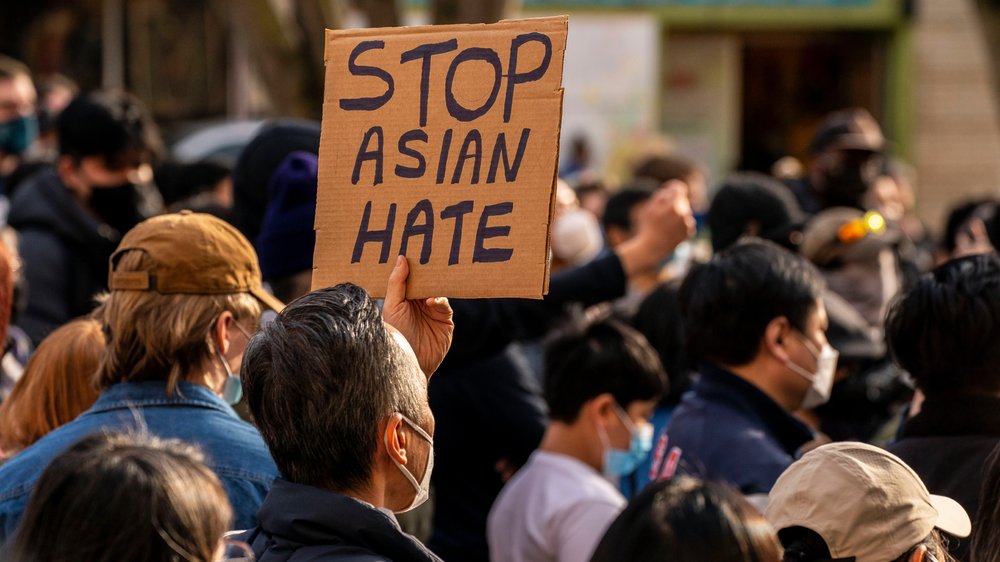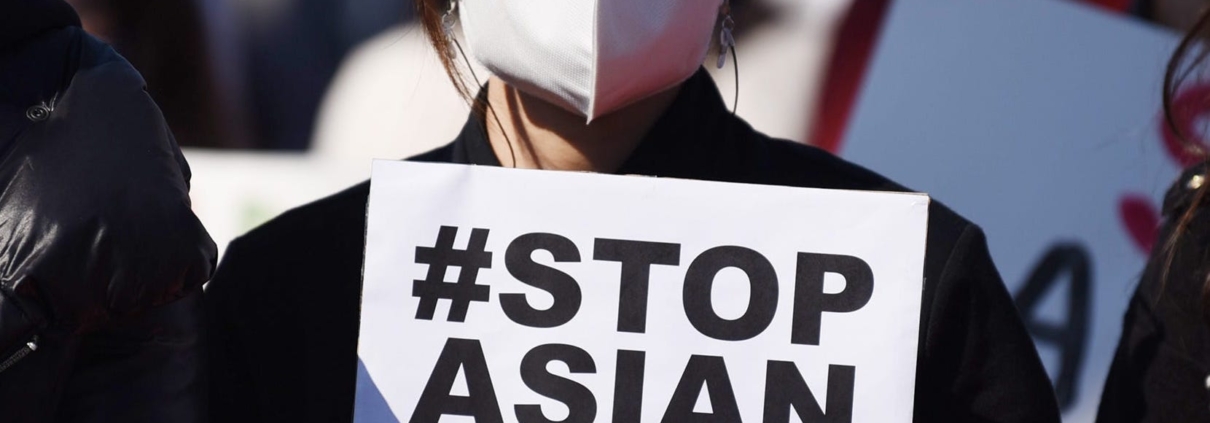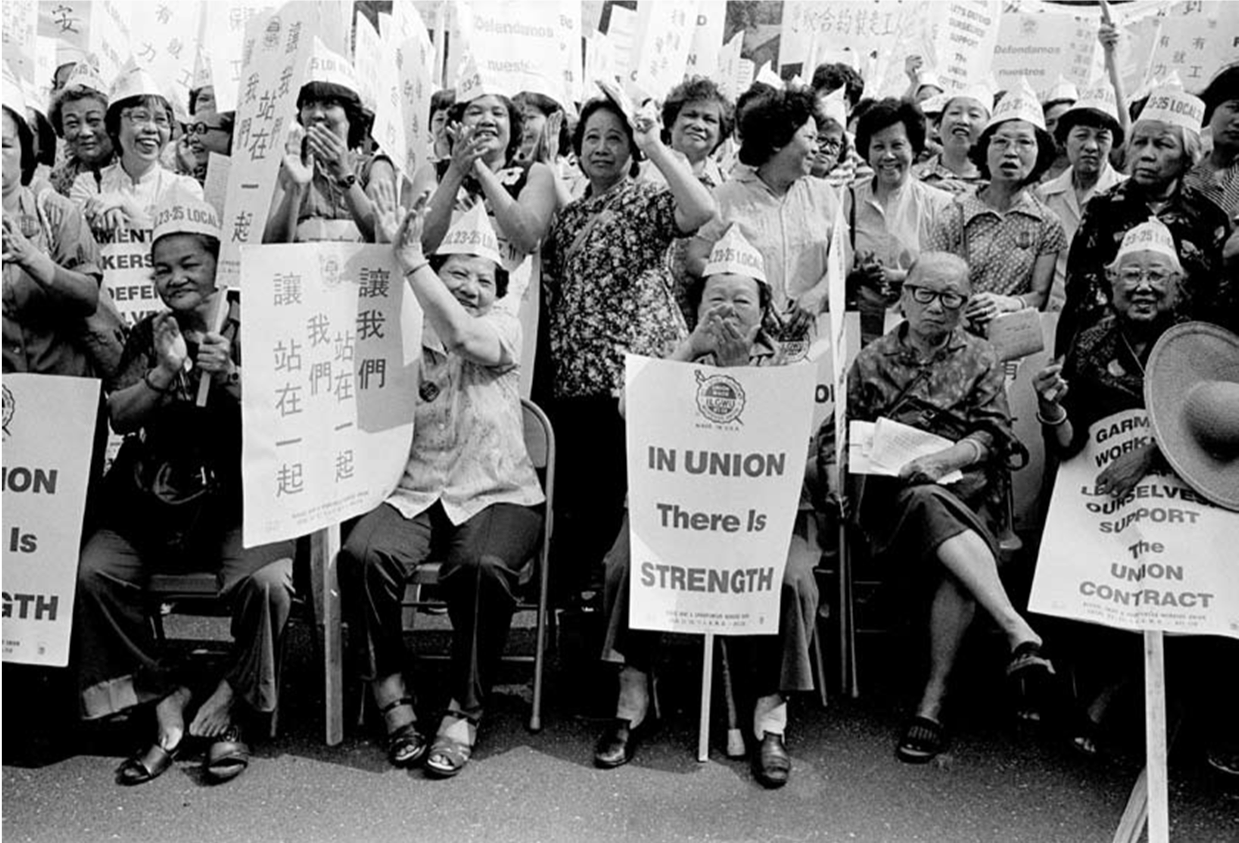The Plague of Hate: What Now?
“You f*&#ing stupid Asian!”
On a sunny afternoon in 2017, a man hurled this insult at me as I was crossing Sixth Avenue in midtown Manhattan, minding my own business. I didn’t take it seriously at the time. It was my second year living in the U.S., and I thought I just had an unlucky day.
However, the longer I have lived in the US, the more I realize that what I encountered that day was just the tip of a devastating iceberg.
I didn’t have an unlucky day. The six Asian women killed in Atlanta nearly two weeks ago weren’t unlucky. Nor was the 84-year-old Korean man killed in San Francisco. Nor the Chinese man stabbed walking home near Manhattan’s Chinatown.
This hatred is real, and it has been real the whole time.
The Forgotten History
The escalation of Anti-Asian hate crimes is neither new, nor the result of isolated incidents. It is a natural consequence of America’s history of neglect for and xenophobia against Asians, Asian Americans, and Pacific Islanders.
This vague, and almost innate fear of Asians and Asian Americans can be traced back to the “Yellow Peril” period in the late nineteenth century. Across majority white, Western countries, this “Yellow Peril’ imagery was designed to stoke fear of a faceless, nameless existential threat posed by Asian people immigrating to the West. This racist concept centered around the core imagery depicting Asians as, “apes, lesser men, primitives, children, madmen, and beings who possessed special powers.”

A soap advertisement from the 1880s, sub-titled ‘The Chinese Must Go’
Since then, Asians and Asian Americans have suffered from lynching, hate crimes, and lawful incarceration and discrimination in the US for more than 100 years. To name a few examples: the 1871 Chinese Massacre, wherein 10% of L.A.’s Chinese American population was killed; the Chinese Exclusion Act in 1882, which prohibited all Chinese immigration to the US; the 1924 Immigration Act, which was a race-based immigration ban against Asians; and Japanese internment between 1942-1946, wherein 120,000 people of Japanese descent were incarcerated in concentration camps.
But Asian Americans’ suffering and contributions to this country have been erased from history, often missing or glossed over in textbooks. This systemic racism and erasure have set the tone for Asians, Asian Americans, and Pacific Islanders in the United States for generations. No matter how hard we try to fit in or how successful we become, our sense of otherness persists. We don’t belong; we are always the aliens.
There is another insidious effect to this history – the “model minority” myth. The model minority myth, the perception of universal acceptance and success of Asians and Asian Americans, pits us against other people of color who also suffer from systemic racism. The model minority myth also puts the onus on Asian Americans to prove that they are worthy of respect and of being American. Combined, the effects of this myth strengthen and sustain systems of white supremacy.
“Can’t We All Just Get Along?”
The anguish and sadness I have been feeling in response to anti-Asian hate is personal. I am Asian, Chinese more specifically.
But it’s more than that. I’m devastated because I dream of a world where all people live in dignity, where all people are treated with respect as human beings, and not selectively because they’re “diligent Asian people” or “the good kind of people of color.”
I remember watching The Pursuit of Happyness when I was in high school, and tearing up with a smile when Will Smith said, “If you want something, go get it, period.” That feeling still lingers with me. It was the feeling of hope, of freedom, and of acceptance. It was a feeling associated with a beautiful name – America. That is why I, and many others, came to this country in the first place.
This current state has demonstrated how far we are from that dream. I can’t remember exactly when – as an Asian, immigrant woman – I began to feel fear walking down the street. But since the pandemic started, I have felt more and more reluctant to introduce myself as Chinese. Amidst the rise of anti-Asian and anti-Chinese hate during COVID-19, I worried about how possible bias could cost me professionally. Would I be judged differently than my colleagues by partners, clients, and students? Would such a bias jeopardize professional opportunities and relationships?
Hate is plaguing today’s America. People are dying, being attacked, spit on, and insulted. And we remain divided. Nineteen years later, Rodney King’s words cross my mind quite often: “Can’t we all just get along?”

Solidarity
The answer to this rise in hate and violence may be deceptively simple: We must stand in solidarity with one another – with the Asian community, with the black community, with the Latino community, with the indigenous community, with the LGBTQIA community…
The systems of oppression and hate that we face thrive off our division. White supremacy relies on each of our communities that have been oppressed to fight alone and to fight against one another. But when all those who face oppression and our allies stand together, when we fight for one another instead of against each other, when we lift up each other’s struggles rather than tear down and compare our struggles, when we recognize that, as Emma Lazarus said, “until we are all free none of us is free,” we have a chance to make the dream of a better, freer, more just country a reality.
But solidarity cannot be reached without leadership. In darkness, people look to leadership to bring us together and to point us in the direction of light.
For those who lead our government, a cause, or an organization, there is much you can do to stand in solidarity with the Asian, Asian American, and Pacific Islander community right now. Reach out to the Asian, Asian American, and Pacific Islanders on your team, in your network, and in your stakeholder groups to offer support and to demonstrate your care. Remember that trust is built by meeting expectations and fulfilling promises. The common expectation among all people and all groups is that you care. The perception of indifference is the single biggest predictor of a loss of trust and confidence. If people who matter to you expect you to course correct, course correct. If they expect you to speak out on social justice issues, speak out. Show you care. Your demonstration of care doesn’t have to be public, but it does have to be genuine – especially toward and for those people most affected.
However, leadership is a mindset, not a job title. Each of us can be a leader in this work, no matter the size of our platform. Each of us can do our part to stand in solidarity with those who are oppressed, within our circles or beyond. Each of us can build bridges and foster greater understanding, within ourselves and our communities. Each of us can create space for us to share our stories. When we tell our stories, we can build lasting connections that inspire change. No one is born to hate after all. If we can learn hate, we can also learn love.
If you hope for a better future, as I do, then we must stand together and stand up against hate, bigotry, and racism in all its forms.




Comments are closed.